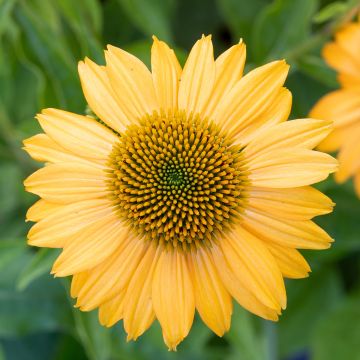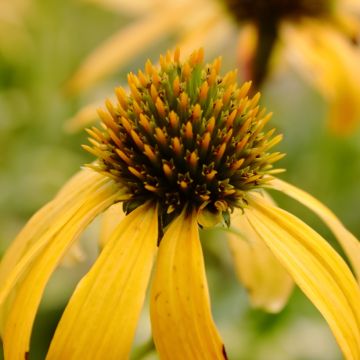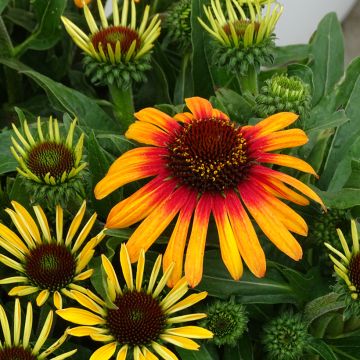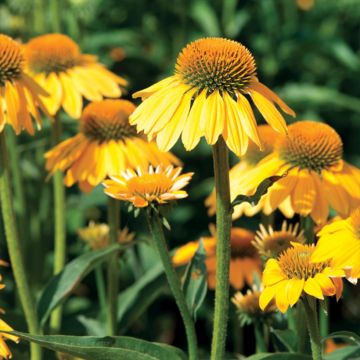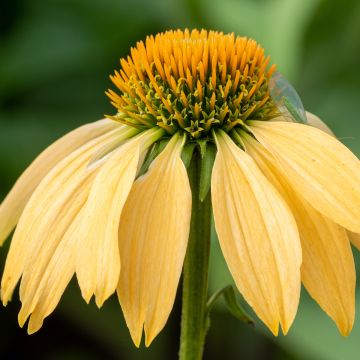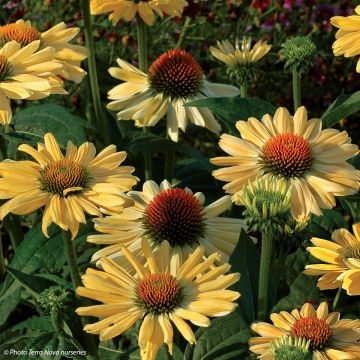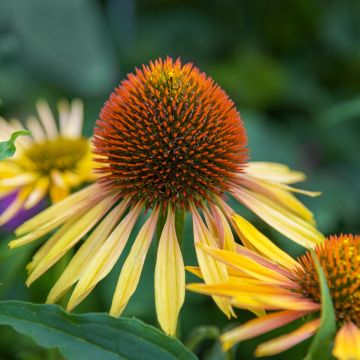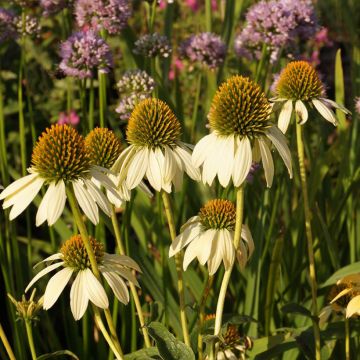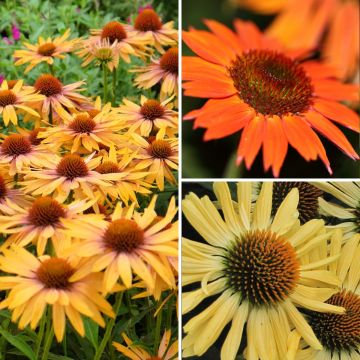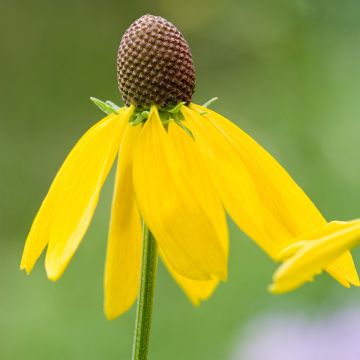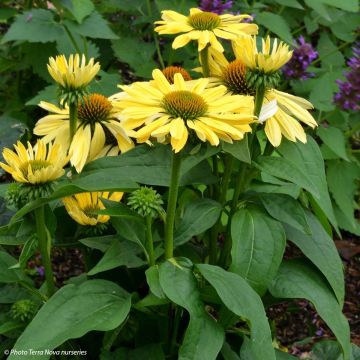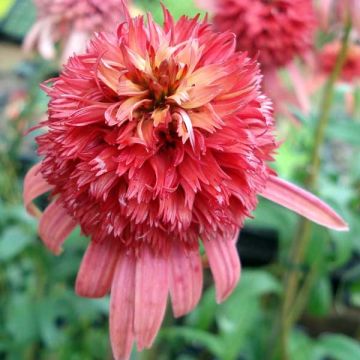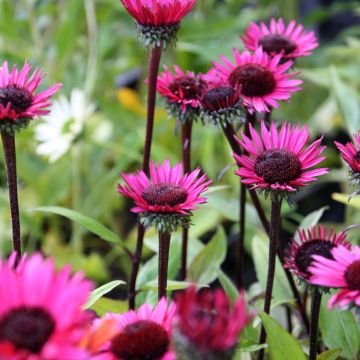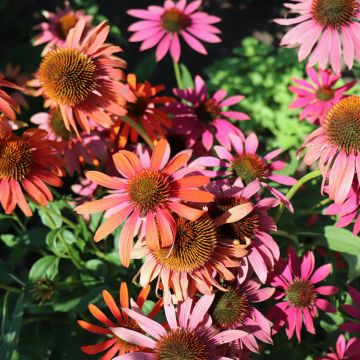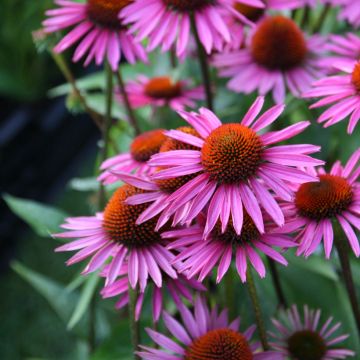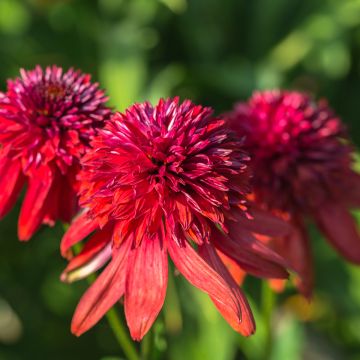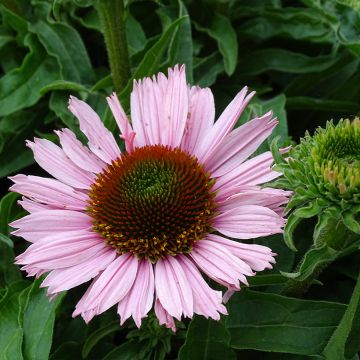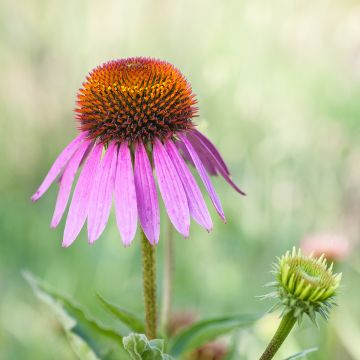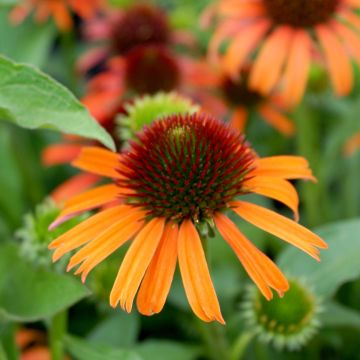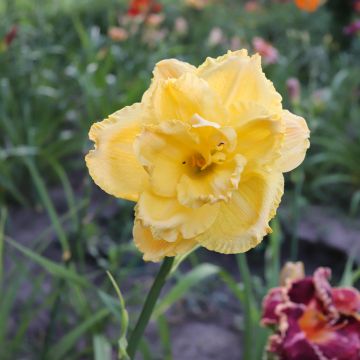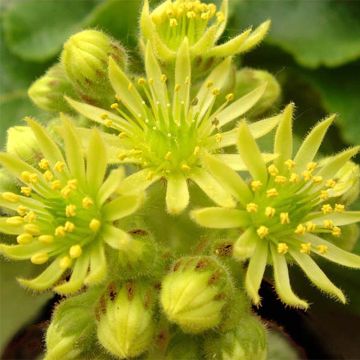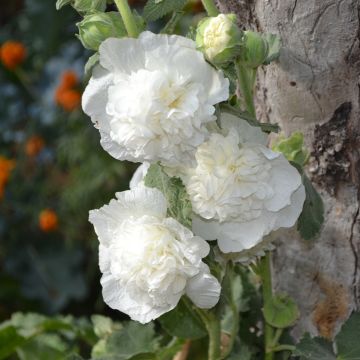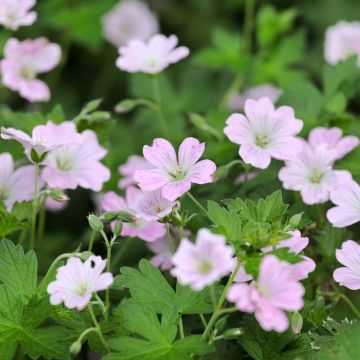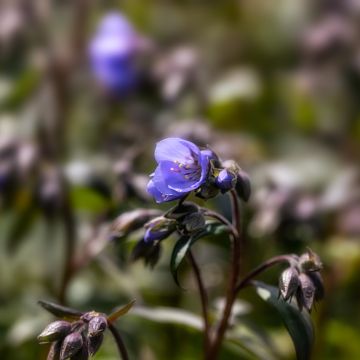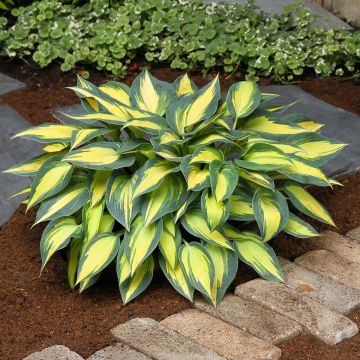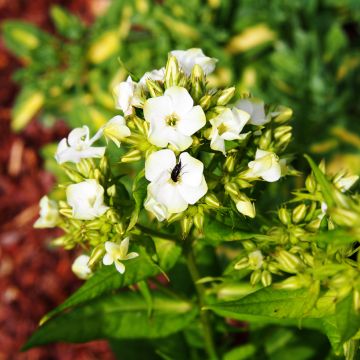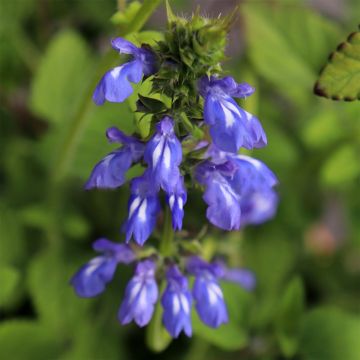Shipping country and language
Your country of residence may be:
Your country of residence is:
For a better user experience on our website, you can select:
Your shipping country:
Andorra
Austria
Belgium
Bulgaria
Canada
Chile
Croatia
Cyprus
Czechia
Denmark
Estonia
Finland
France
Germany
Greece
Hungary
Iceland
Ireland
Italy
Latvia
Lithuania
Luxembourg
Malta
Monaco
Netherlands
Poland
Portugal
Romania
Slovakia
Slovenia
Spain
Sweden
Switzerland
United Kingdom
We only deliver seed and bulb products to your country. If you add other products to your basket, they cannot be shipped.
Language:
French
German
Spanish
English
My Account
Hello
My wish lists
Plantfit
Log in / Register
Existing customer?
New customer?
Create an account to track your orders, access our customer service and, if you wish, make the most of our upcoming offers.
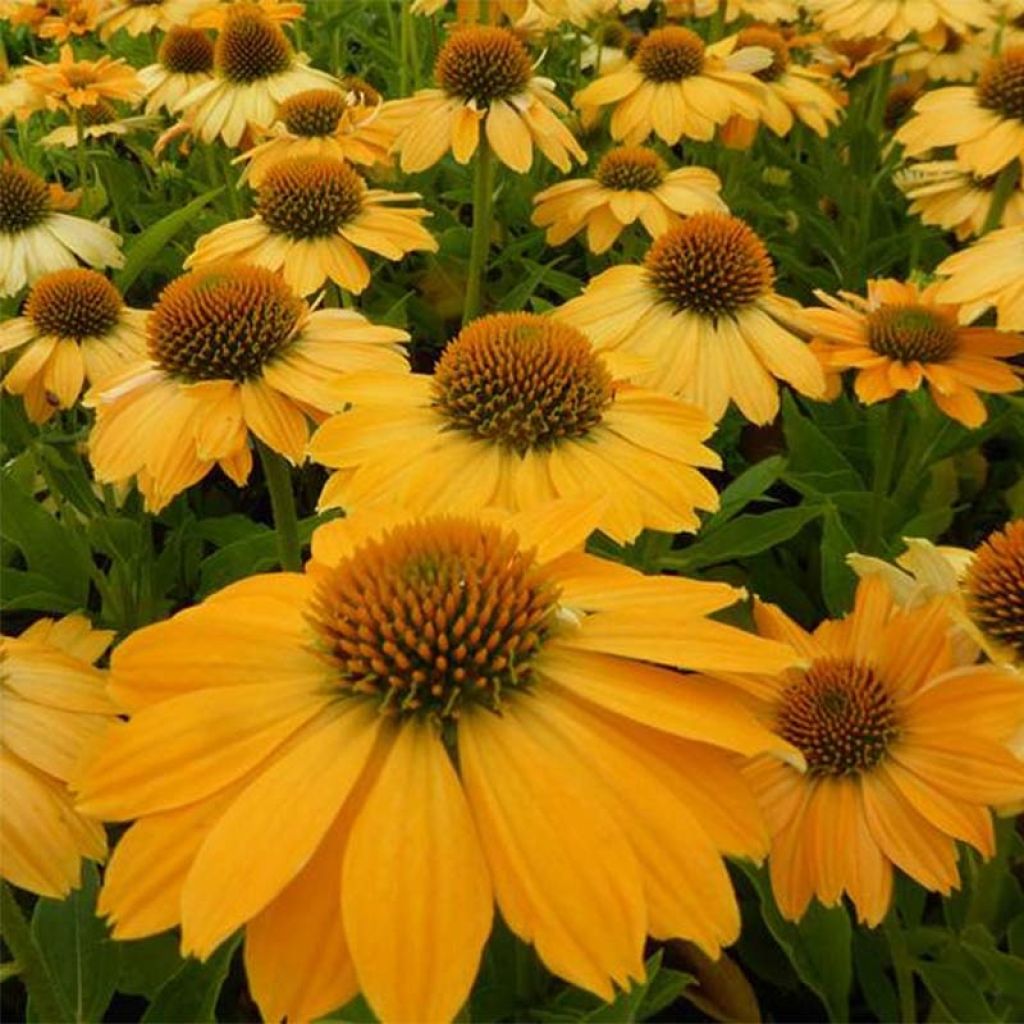

Echinacea purpurea Tweety - Purple Coneflower
View more pictures
Hide images
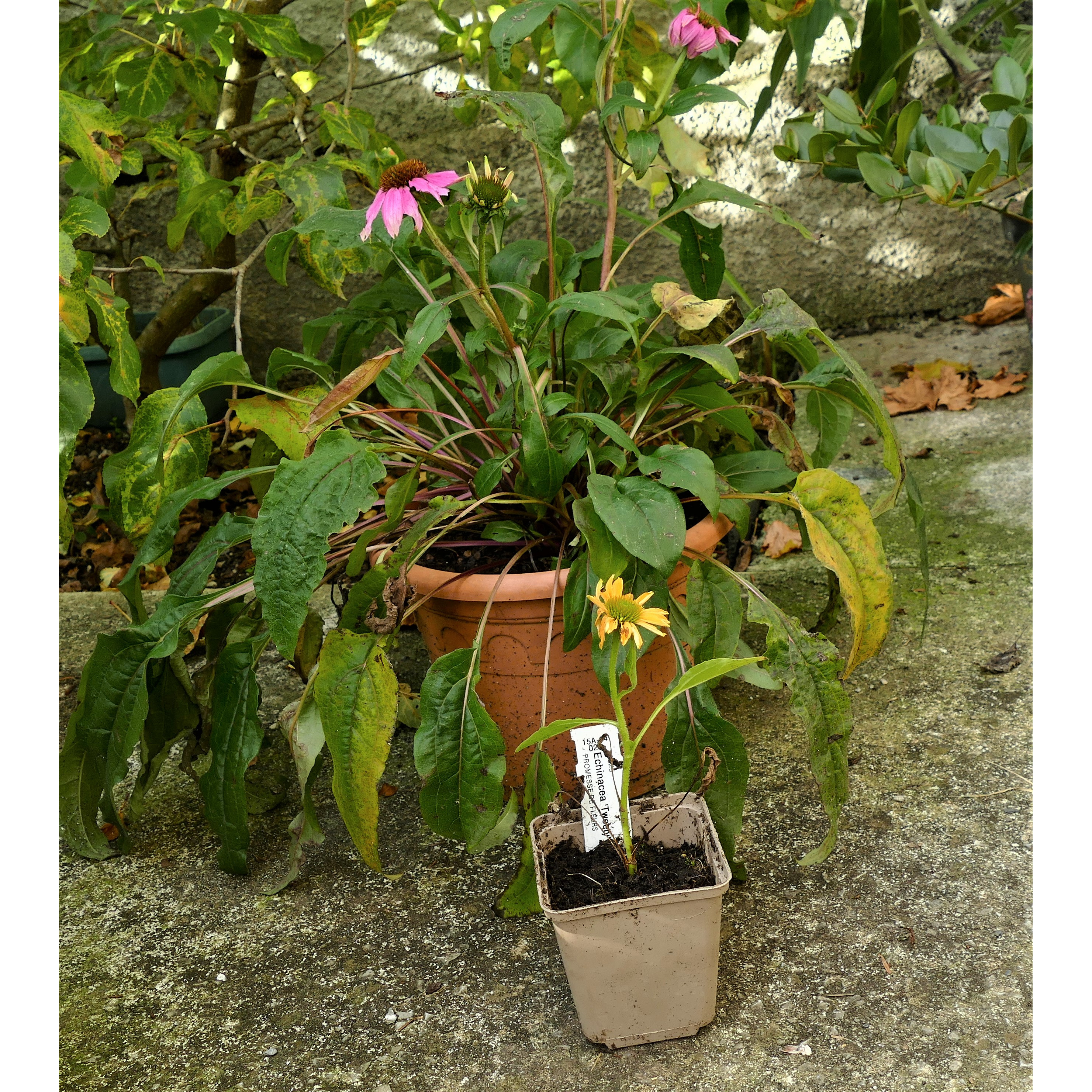
Mickael P.

Echinacea Tweety
Mickael P. • 64 FR
Echinacea purpurea Tweety - Purple Coneflower
Echinacea x purpurea Tweety
Purple Coneflower, Eastern Purple Coneflower
The pruning is surprising, for £9.50 I was hoping for more than just a single stem of 10 cm (4in). I better take good care of it!!!
Mickael, 22/11/2021
Why not try an alternative variety in stock?
View all →Order in the next for dispatch today!
Dispatch by letter from €3.90.
Delivery charge from €5.90 Oversize package delivery charge from €6.90.
More information
This item is not available in your country.
Schedule delivery date,
and select date in basket
This plant carries a 12 months recovery warranty
More information
We guarantee the quality of our plants for a full growing cycle, and will replace at our expense any plant that fails to recover under normal climatic and planting conditions.
From €5.90 for pickup delivery and €6.90 for home delivery
Express home delivery from €8.90.
Does this plant fit my garden?
Set up your Plantfit profile →
Description
Echinacea 'Tweety' is a new variety of hybrid Echinaces that stands out for its compactness and generous sunflower-like flowering, two qualities that make it a wonderful little plant for terraces and sunny borders. Despite its small size, it produces numerous, bright golden yellow flowers of a beautiful size, as long as the faded flowers are regularly removed. It is a hardy and resistant, radiant perennial, suitable for all gardeners, even beginners!
Native to the western United States, from Georgia to Michigan through Oklahoma and Ohio, Rudbeckia purpurea is a perennial with a strong character that confidently colonizes rocky prairies, savannahs, clear undergrowth, and road edges in its natural environment. It has produced numerous cultivars of various colours and sizes through hybridization with other species, all of which are very easy to grow. All these plants belong to the asteraceae family.
'Tweety' is a very recent creation, and probably the smallest echinacea available to date. The plant has a rounded habit, forming a small clump, well-branched from the base, approximately 35 cm (14in) high and 35-40 cm (14-16in) wide. This plant has excellent stability and does not require staking. The opposite, lanceolate leaves are olive green and covered in rough hairs. Flowering occurs from July to September and is loved by butterflies. The green and hairy branched stems are each topped with a solitary 10cm (4in) diameter head with a prominent, bristly disk that transitions from green to brown and bronze, surrounded by a well-filled collar of wide, slightly trailing ligules in a true golden yellow. The fruit is an achene that releases seeds that birds love. This plant firmly and deeply anchors itself in the soil thanks to its well-developed root system.
Echinacea 'Tweety' brings dynamism and cheerfulness to even the most modest setting, on a terrace, balcony, or in the garden. It can be used in mixed borders with other varieties in warm tones (orange, red), or alongside generous and easy-to-grow annuals such as nigella, poppies, amaranths, or cosmos. Complete the scene by incorporating some ornamental grasses like Stipa tenuifolia, Carex comans Bronze Form... The beautiful colour of Tweety echinacea is splendid in mixed borders and also shines in fresh or dried flower arrangements. It looks superb when combined with common lady's mantle and white Nemesia!
Properties: In homoeopathy, its root is used to fight against colds and strengthen the immune system. These properties were first used by Native Americans. The name Echinacea comes from the Greek word echinos, which means "hedgehog" or "prickly", and acea, meaning "having the shape of", alluding to the flower heads. Purpurea means "purple".
Echinacea purpurea Tweety - Purple Coneflower in pictures
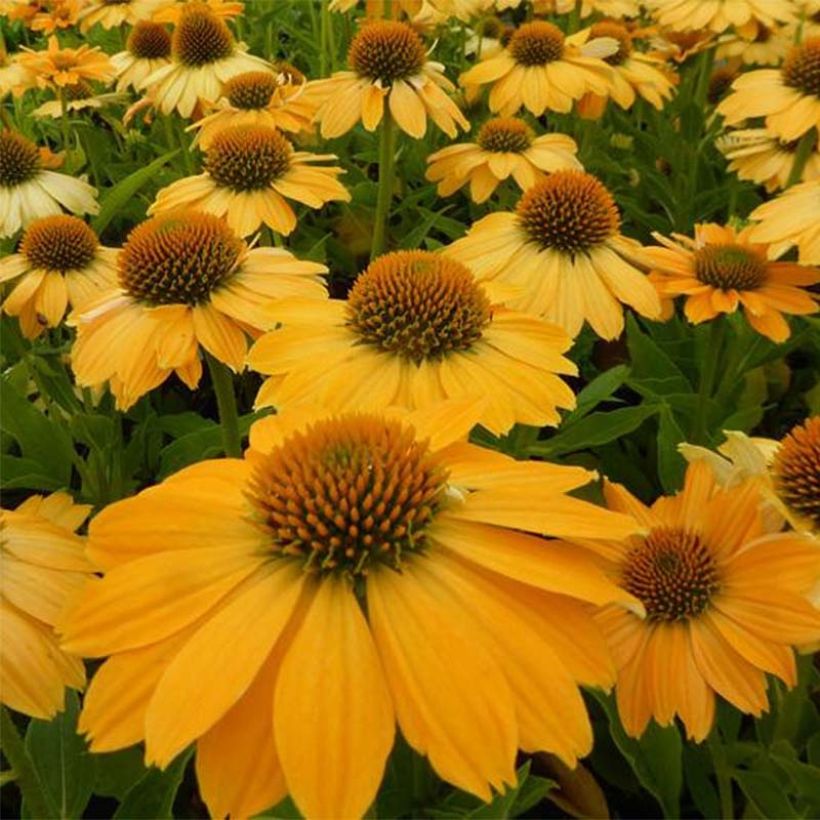

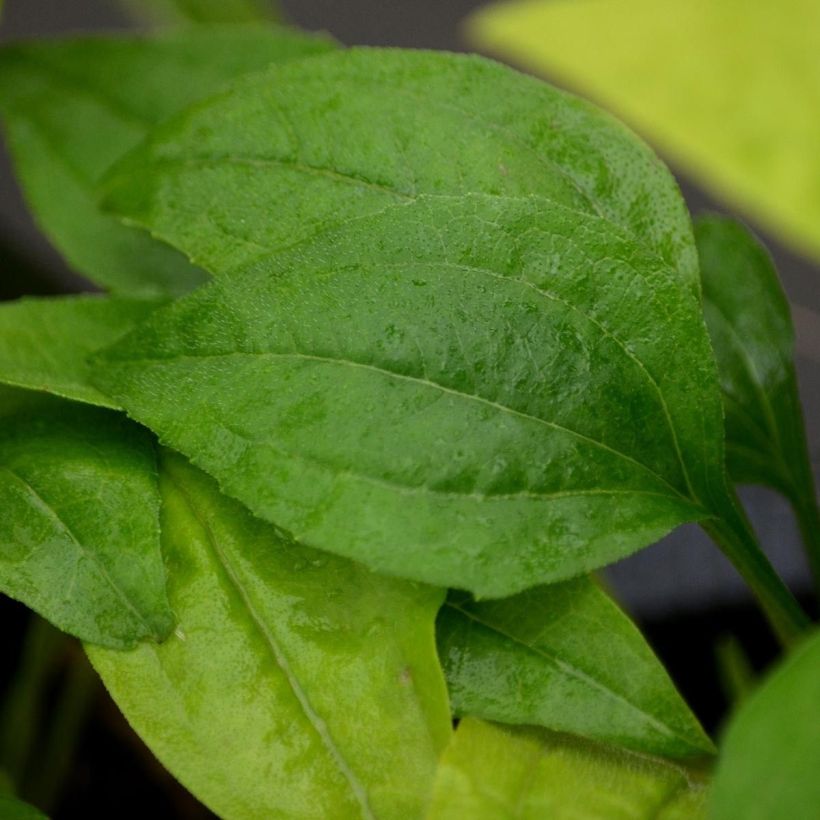

Flowering
Foliage
Plant habit
Botanical data
Echinacea
x purpurea
Tweety
Asteraceae
Purple Coneflower, Eastern Purple Coneflower
Cultivar or hybrid
Other Echinacea - Coneflower
Planting and care
Echinacea takes time to settle as its growth is rather slow. However, once in place it requires no special care and is resistant to pests and diseases. It is best planted in spring, in a sunny location, in a mixture of compost and garden soil. The soil must be deep and loose to accommodate its root system, but it dislikes soil waterlogged in winter which make it disappear. Remove faded flowers as they appear. Divide the clump when flowering slows down. It is a plant with rootstock that can become invasive. As the plant ages, it becomes more susceptible to aphid attacks and powdery mildew. Mulch the base in May to retain moisture in summer, as it is sensitive to drought during flowering.
Planting period
Intended location
Care
- , onOrder confirmed
Reply from on Promesse de fleurs
Summer flowering perennials
Haven't found what you were looking for?
Hardiness is the lowest winter temperature a plant can endure without suffering serious damage or even dying. However, hardiness is affected by location (a sheltered area, such as a patio), protection (winter cover) and soil type (hardiness is improved by well-drained soil).

Photo Sharing Terms & Conditions
In order to encourage gardeners to interact and share their experiences, Promesse de fleurs offers various media enabling content to be uploaded onto its Site - in particular via the ‘Photo sharing’ module.
The User agrees to refrain from:
- Posting any content that is illegal, prejudicial, insulting, racist, inciteful to hatred, revisionist, contrary to public decency, that infringes on privacy or on the privacy rights of third parties, in particular the publicity rights of persons and goods, intellectual property rights, or the right to privacy.
- Submitting content on behalf of a third party;
- Impersonate the identity of a third party and/or publish any personal information about a third party;
In general, the User undertakes to refrain from any unethical behaviour.
All Content (in particular text, comments, files, images, photos, videos, creative works, etc.), which may be subject to property or intellectual property rights, image or other private rights, shall remain the property of the User, subject to the limited rights granted by the terms of the licence granted by Promesse de fleurs as stated below. Users are at liberty to publish or not to publish such Content on the Site, notably via the ‘Photo Sharing’ facility, and accept that this Content shall be made public and freely accessible, notably on the Internet.
Users further acknowledge, undertake to have ,and guarantee that they hold all necessary rights and permissions to publish such material on the Site, in particular with regard to the legislation in force pertaining to any privacy, property, intellectual property, image, or contractual rights, or rights of any other nature. By publishing such Content on the Site, Users acknowledge accepting full liability as publishers of the Content within the meaning of the law, and grant Promesse de fleurs, free of charge, an inclusive, worldwide licence for the said Content for the entire duration of its publication, including all reproduction, representation, up/downloading, displaying, performing, transmission, and storage rights.
Users also grant permission for their name to be linked to the Content and accept that this link may not always be made available.
By engaging in posting material, Users consent to their Content becoming automatically accessible on the Internet, in particular on other sites and/or blogs and/or web pages of the Promesse de fleurs site, including in particular social pages and the Promesse de fleurs catalogue.
Users may secure the removal of entrusted content free of charge by issuing a simple request via our contact form.
The flowering period indicated on our website applies to countries and regions located in USDA zone 8 (France, the United Kingdom, Ireland, the Netherlands, etc.)
It will vary according to where you live:
- In zones 9 to 10 (Italy, Spain, Greece, etc.), flowering will occur about 2 to 4 weeks earlier.
- In zones 6 to 7 (Germany, Poland, Slovenia, and lower mountainous regions), flowering will be delayed by 2 to 3 weeks.
- In zone 5 (Central Europe, Scandinavia), blooming will be delayed by 3 to 5 weeks.
In temperate climates, pruning of spring-flowering shrubs (forsythia, spireas, etc.) should be done just after flowering.
Pruning of summer-flowering shrubs (Indian Lilac, Perovskia, etc.) can be done in winter or spring.
In cold regions as well as with frost-sensitive plants, avoid pruning too early when severe frosts may still occur.
The planting period indicated on our website applies to countries and regions located in USDA zone 8 (France, United Kingdom, Ireland, Netherlands).
It will vary according to where you live:
- In Mediterranean zones (Marseille, Madrid, Milan, etc.), autumn and winter are the best planting periods.
- In continental zones (Strasbourg, Munich, Vienna, etc.), delay planting by 2 to 3 weeks in spring and bring it forward by 2 to 4 weeks in autumn.
- In mountainous regions (the Alps, Pyrenees, Carpathians, etc.), it is best to plant in late spring (May-June) or late summer (August-September).
The harvesting period indicated on our website applies to countries and regions in USDA zone 8 (France, England, Ireland, the Netherlands).
In colder areas (Scandinavia, Poland, Austria...) fruit and vegetable harvests are likely to be delayed by 3-4 weeks.
In warmer areas (Italy, Spain, Greece, etc.), harvesting will probably take place earlier, depending on weather conditions.
The sowing periods indicated on our website apply to countries and regions within USDA Zone 8 (France, UK, Ireland, Netherlands).
In colder areas (Scandinavia, Poland, Austria...), delay any outdoor sowing by 3-4 weeks, or sow under glass.
In warmer climes (Italy, Spain, Greece, etc.), bring outdoor sowing forward by a few weeks.
